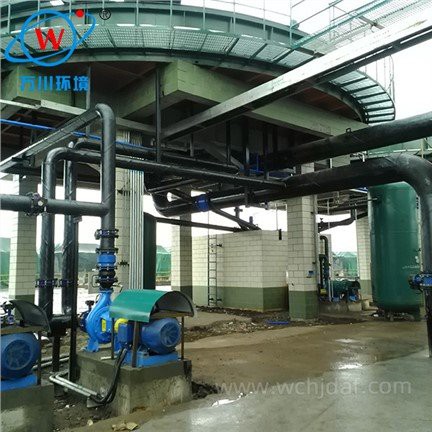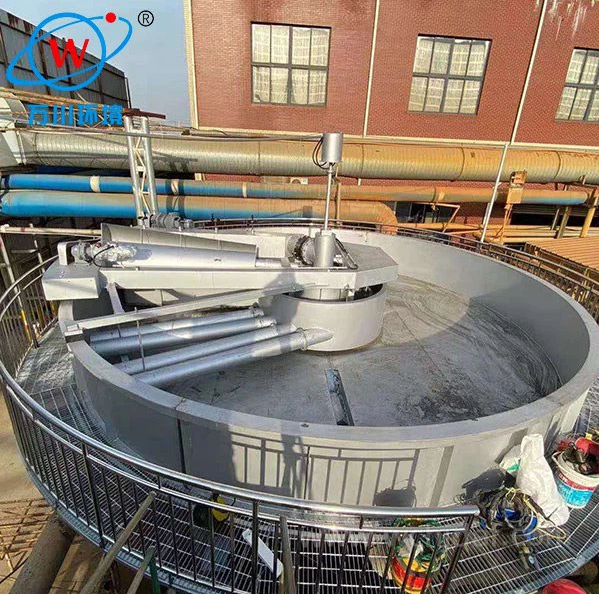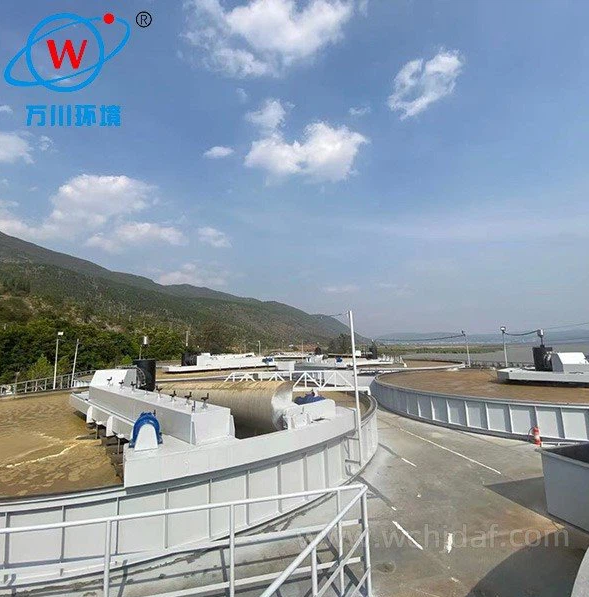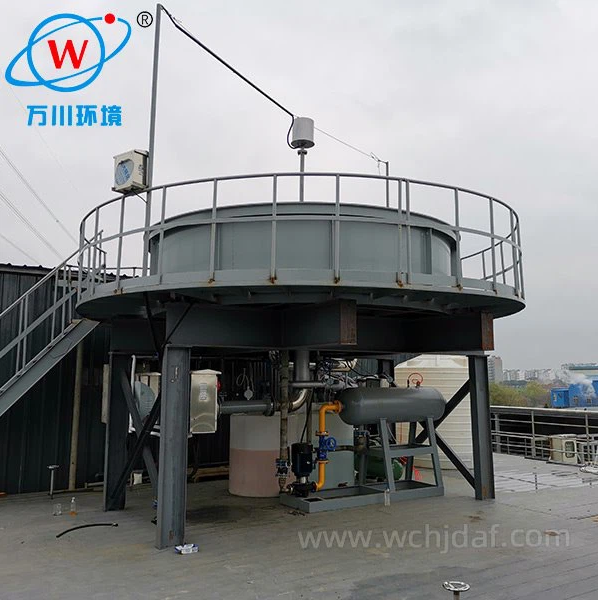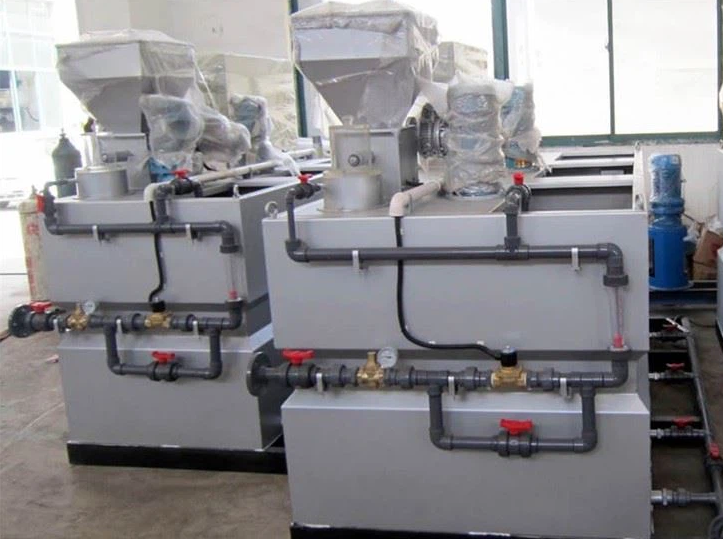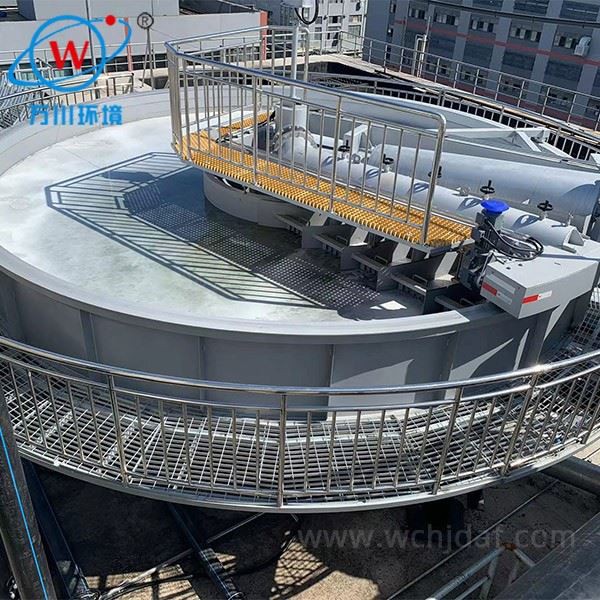Energy Reduction in Air Flotation Systems
Strategies for minimizing energy consumption while maintaining treatment efficiency
Equipment Optimization
- Optimize bubble generation systems to enhance air-water mixing efficiency
- Modify generator structure to lower energy demand for bubble production
- Use static mixers that leverage fluid dynamics to create fine bubbles
- Select materials with low friction coefficients for internal components
- Minimize energy loss caused by fluid resistance
Operational Adjustments
- Adjust air supply rate to match actual contaminant load
- Avoid over-aeration which wastes energy
- Control flow rate to ensure stable residence time
- Maintain appropriate temperature conditions to preserve sewage viscosity
- Utilize waste heat from other industrial processes
Process Integration
- Pre-treat sewage with low-energy processes like sedimentation
- Remove large suspended solids to reduce flotation system workload
- Recycle treated water within the system
- Minimize need for pumping new water
- Reduce energy consumed by water transport pumps
Maintenance Practices
- Regular maintenance of pumps, valves, and mixers
- Prevent energy inefficiencies caused by leaks or blockages
- Lubricate moving parts regularly
- Replace damaged components promptly
- Ensure system operates at optimal energy efficiency
Energy Saving Approaches
Equipment Optimization
Operational Adjustment
Process Integration
Maintenance
Energy Saving Benefits
Implementing these energy reduction strategies can lower operational costs by 20-30% while maintaining or even improving treatment efficiency. The combination of equipment optimization, operational adjustments, process integration, and regular maintenance creates a comprehensive approach to sustainable wastewater treatment.

